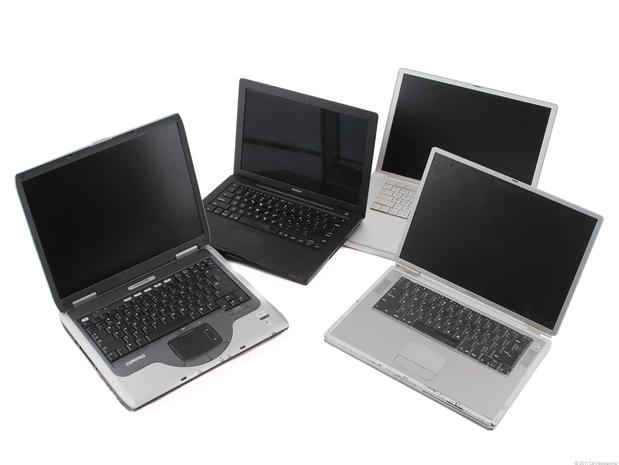Five laptop features that are five years away from being left behind for good

The funny thing about new technologies and features, is that the good ones are usually the ones we take for granted first, and miss only when they are gone. Let’s take a look at five pieces of technologies that our grandkids will only learn about from Wikipedia.
Optical reader/burner
When the CD-ROM first came out in the early 90s, compact discs were all the rage, at least as far as music. Prior to Napster, and any other music service, mixed-CDs were as common as mix-tapes in the 80s. The capacity of an CD varied from 650GB, to 700GB, in which users would squeeze anything from music, to software, to anything they sought valuable and worthy of sharing with their friends. CDs, quickly followed by DVDs, filled a need for storage and sharing that the Internet wasn’t yet able to. As Internet speeds and technologies improved, saving and sharing large files, in large volumes, using an Internet connection seems almost trivial, nowadays. The CD and DVD, as a medium, is also quickly losing its appeal, since music and video streaming is not only increasingly affordable, but also more reliable than a plastic disc far less capable than a $12 flash drive.
VGA port
Video technology has advanced so much, in the past decade, that it’s surprising to still find laptops that integrate a VGA connector. The VGA port has been scraping by through the DVI, HDMI, DisplayPort, and now the USB Type-C connector, and now it’s finally losing the last shreds of relevance, with the advent of 4K resolutions, and higher. Nearly all television sets available today are flat-panel HDTVs fitted with HDMI connectors, to be able to extend the resolution of most laptops, with a far higher bandwidth support and better refresh rate.
USB 1.0
Long gone are the days of the first USB 1.0 devices, including printers and scanners. Modern USB ports, 3.0 and 3.1, are capable of handling from the smallest voltage of input devices like keyboards and mice, to connecting, and powering external displays, with a maximum output up to 100W. With an increasing focus on smaller, more lightweight, and more battery efficient laptops, the inclusion of the USB 1.0 port is not only anachronistic, but also completely superfluous.
3.5mm audio jack
Here is just the thing you probably don’t want to hear, but yes: the 3.5 jack has GOT to go. Digital, high-resolution sound quality is the next step in the evolution of audio on PCs, with limitless alternatives to the analog jack, many of them wireless, or working via USB port, and providing outstanding sound at a much higher frequency than what the 3.5mm jack is capable of.
Cooling fans
This is the decade of the flat, silent laptop. Chip manufacturers work relentlessly to find new ways to shrink CPU sizes, as well as lowering power requirements. The 12 inch MacBook Retina is the perfect example of it. A Mac laptop in its own right, without any internal moving parts.
Fanless laptops are destined to become more common as we progress towards the end of this decade, and in all likelihood, fans will disappear from all consumer laptops within the next five years.